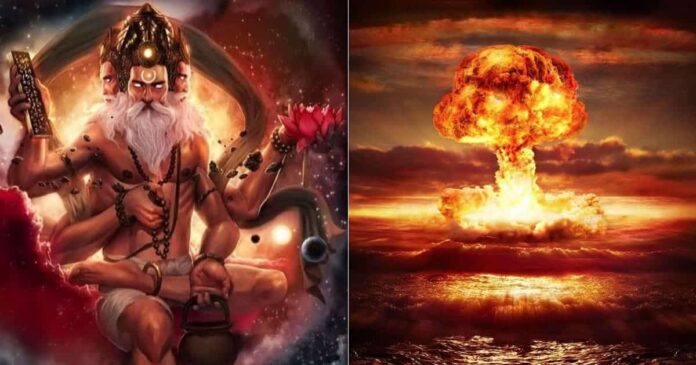
In the fabric of Indian philosophy and way of life, there is a beautiful blending of art, religion, science, and philosophy from India’s rich cultural heritage. The culture of ancient India is the product of a long-term blending of different cultures, and it has continuously assimilated many foreign influences over time.
In India, 4000 years before Christ was born, the first signs of civilization were first noticed. We were exposed to a continuous stream of civilizations from those prehistoric times to the recent past.
The timeless lessons of virtue triumphing over evil are found in the brilliance of our ancient epics, such as the Ramayana and Mahabharata, which serve as a lighthouse for those in pursuit of their spiritual selves. Most stories have several iterations, and many characters have multiple roles, identities, and histories. This seeming uncertainty exposes the richness of a mythology that has developed over time and acquired new meanings.
Over the years, various Indian mythology traditions have been passed down orally or through painstakingly preserved records. These tales, which form the basis of Indian mythology, are a fantastic way for both natives and outsiders to pique the interest of the younger generation in Indian culture.
In ancient Indian mythology, there were allusions to the technology we see today. As a result, the emphasis of this study has been on proving that Indian mythology is the source of modern technology, even on a worldwide scale.
Whether it’s a television, computer, or smartphone, we frequently hear that products are produced in the West and then gradually make their way to India. However, India was the first country in the world to accept a number of facts and discoveries.
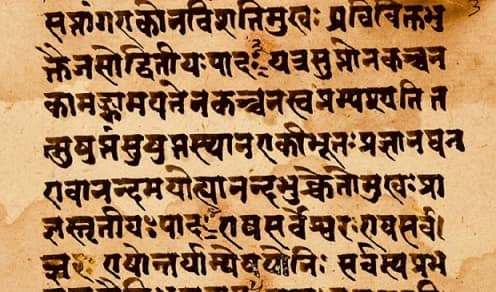
So let’s look at some innovations that started off in Indian scripts:
1. Atomic bomb or Brahmastra?
The US administration wanted vengeance when Japan launched an offensive during World War II. It set out to create the nuclear bomb, the most potent weapon in existence.
The inventor of this device, Dr Julius Robert Oppenheimer, who is commonly referred to as the “father of the atomic bomb,” was a theoretical physicist with a keen interest in philosophy. He rose to fame in mythological circles by asserting that the Hindu holy text, the Bhagavad Gita, included a description of the first nuclear bomb explosion. Oppenheimer quoted a line from the Bhagwat Gita and stated,
“We knew the world would not be the same. A few people laughed. A few people cried. Most people were silent. I remembered the line from the Hindu scripture, the Bhagavad-Gita. Vishnu is trying to persuade the Prince that he should do his duty, and, to impress him, takes on his multi-armed form and says, ‘Now I am become Death, the destroyer of worlds.’ I suppose we all thought that, one way or another.”
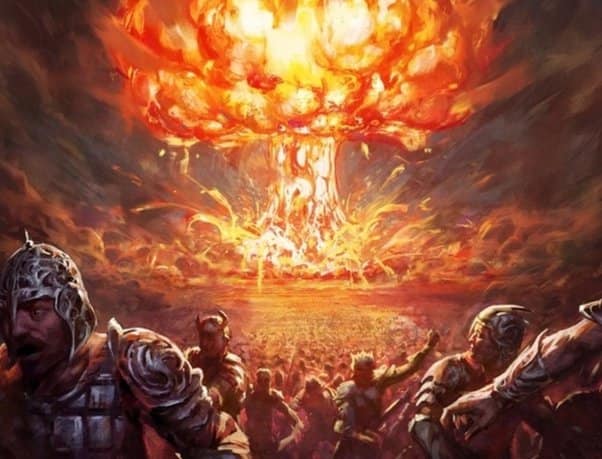
But how do the Bhagwat Gita and nuclear power relate to one another?
Some believe Oppenheimer’s moral viewpoint was compromised by the creation of the nuclear weapon, and that the Gita helped him cope by serving as a constant reminder of his mortality. The relationship between nuclear weapons and Hindu mythology is, however, much deeper.
The Mahabharata, a bigger epic, contains the Bhagavad Gita. Following the Gita events, some comments suggested the use of nuclear weapons.
Both the Ramayana and the Mahabharata make reference to weapons that can only be attained through a prolonged time of devotion. Only a select few are given access to these weapons, and only a select few are permitted to wield them.
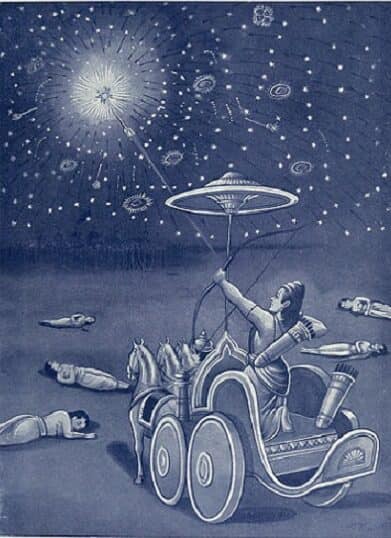
In actuality, one must first read a top-secret mantra or code in order to unlock or use them. Maybe this explains why there are currently only 9 nuclear-armed states. Do you notice any similarities?
The Purans referred to formidable weapons as “Brahmastra.” In the Ramayana and Mahabharata, they are portrayed as being so powerful that once they are launched, there is no way to stop them.
When the Brahmastra hit the target, it was meant to release massive plumes of smoke and flame that rose in all their glory and were as bright as 10,000 suns.
The bodies were then severely burned, rendering them unrecognisable. Their tableware started breaking for no apparent reason, their hair and nails started falling out, and the birds started going white. After a few hours, all foods were affected.
Anything that the “Brahmastra” attacked would be obliterated. The rains would stop, the ground would become dead and dry, and both people and animals would become sterile for a very long time.
Even if this example doesn’t convince you because it comes from an epic tale, let’s look at another case from recorded history.
The Indus Valley sites of Mohenjo Daro and Harappa
A study found that all items were melted and glassified within a 50-yard radius of the Mohenjo Daro and Harappa sites in the Indus Valley. Skeletons found there had radiation levels that were 50 times greater than average. Both discoveries led to the conjecture that ancient peoples may have deployed nuclear weapons of some kind.
Is it feasible that this Brahmastra is the first one? Brahmastra and nuclear weapons share fascinating and terrible similarities.
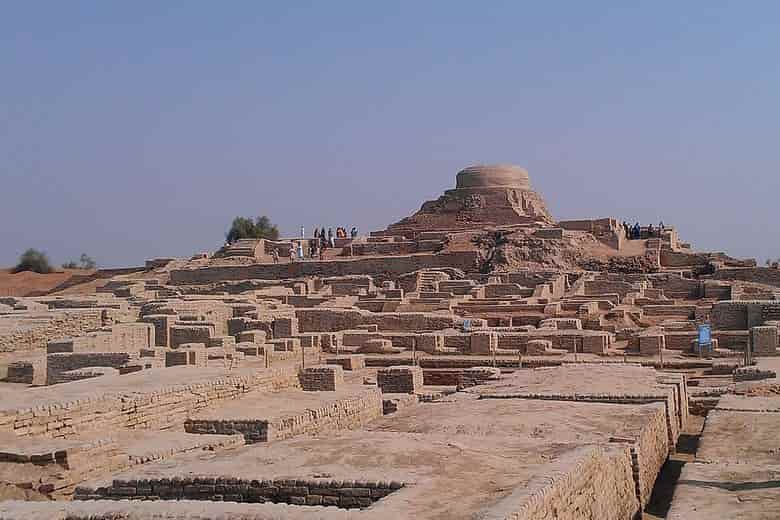
Let us reassure you, nevertheless, that not all tales are terrifying.
2. Ancient Vimana or Modern Aeroplane?
The word “Vimana” for a plane is used in Hindi and Marathi. Sundara Khand, Ramayana and Book 10, Srimad Ghagwatam, claim that this phrase was first used thousands of years before the development of modern aircraft.
Ravana, the demon king, and Kubera, the god of prosperity, were brothers. On the other side, Kubera was vanquished by Ravana, who also captured “Golden Lanka” and all of his wealth. The “Pushpak Vimana,” Kubera’s flying machine, was also taken by Ravan. a vehicle with the capability of thought-speed travel.
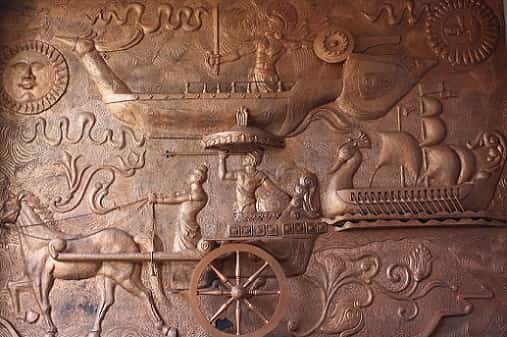
Lord Hanuman was astonished to find the “Pushpak Vimana” in place of Ravana when he arrived in Lanka in search of Sita. The “Pushpak Vimana” featured bent wings that straightened out when it was turned on, and it was covered with diamonds. Yes, a Californian scientist who researched the Ramayana came to that conclusion after building a 3D model based on the design and testing it in a wind tunnel. The idea has the potential to be revolutionary!
An ancient Indian scientist named Shivkar Talpade was motivated to create a modern aeroplane by this flying machine. Eight years before the Wright Brothers, this was attempted.
Think about the potential outcomes if he had been successful.
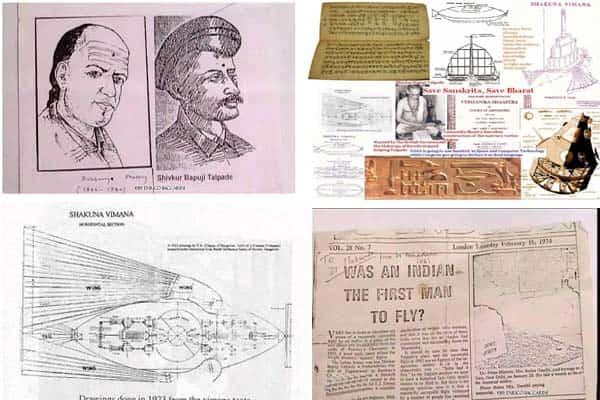
3. Artificial womb or Ayonija?
It was widely believed for a very long time that humans could only be born after they had developed in their mother’s womb. However, we now understand that sperm donation, egg freezing, and surrogacy are all practical alternatives. Similar to this, a medical gadget known as an artificial womb enables a baby to develop outside of its mother’s womb.
But did you know that? According to Sambhava Parva, Adi Parva, and Mahabharata, Gandhari had received the blessing that her son would be a powerful warrior; however, when she learned of Yudhishthira’s birth, she became enraged and smashed herself with an iron rod, giving birth to a dead ball of flesh. These kinds of phenomena are mentioned in the Mahabharata.

As soon as Rishi Vyas learned the information, he divided the mass ball into 100 pieces and put each one in a clay pot. This process resulted in the birth of the Kauravas. This proves that it is possible to give birth “Adonija,” or outside of the womb. This unusual idea appears in the Mahabharata.
The story that Dronacharya, Panadava’s teacher, tells is comparable to Kaurava’s. The seed of Rishi Bharadwaj was kept in a leaf cup, and this resulted in the birth of Dronacharya.
I’m happy to know everything. While the rest of the world was stumbling in the dark, our nation was moving forward. Time travel and other futuristic technology are also described in our older writings.

We anticipated that by disseminating these truths, young scientists from around the globe would be motivated to investigate the mythological roots of Indian science and technology, progress the nation’s growth, and position India as “the finest” in the crucial disciplines of research and innovation.
